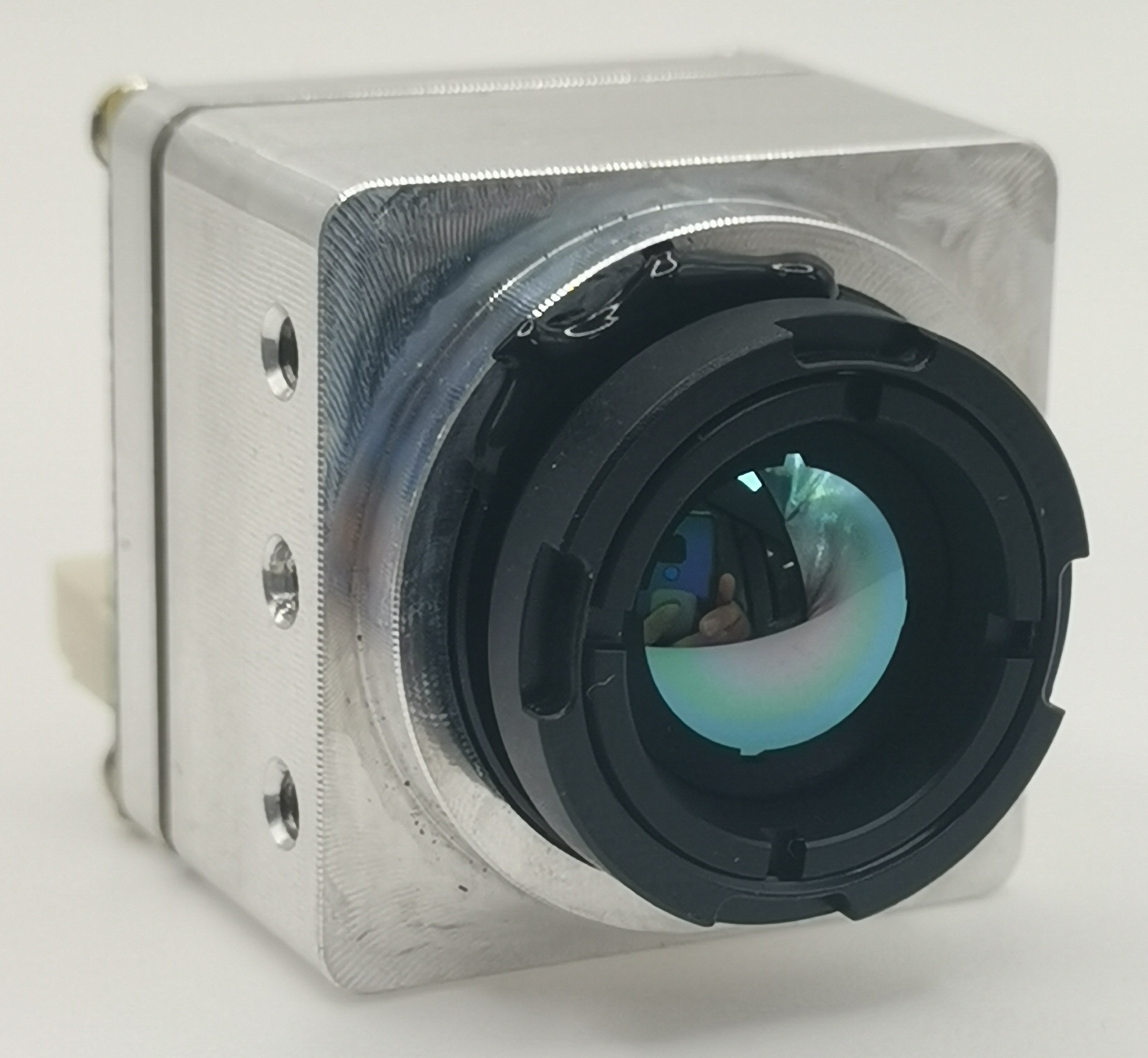Building DIY Drones with FPV Thermal Cameras: A Step-by-Step Guide

Welcome to the World of DIY Drones
Welcome to the exciting world of DIY drones! Building your own drone from scratch opens up a world of possibilities and creativity. But why choose DIY drones over ready-made ones? Firstly, there's the sheer joy of building something unique. The satisfaction that comes from assembling each component and witnessing your creation take flight is truly unparalleled. Additionally, customization and personalization are at the heart of DIY drones. You have the freedom to tailor every aspect of your drone to suit your specific needs and preferences.
Now, let's delve into the basics of drone technology. Understanding the components that make up a drone is crucial for any aspiring builder. From motors and propellers to flight controllers and batteries, each part plays a vital role in the drone's functionality. Furthermore, the integration of First Person View (FPV) technology has revolutionized the way we experience drones. FPV provides real-time video transmission, allowing pilots to see what their drones see, leading to immersive flying experiences.
Understanding FPV Thermal Cameras
Now, let's explore the fascinating world of FPV thermal cameras and their role in the realm of DIY drones.
What is an FPV Thermal Camera?
An FPV thermal camera is a specialized imaging device that captures infrared radiation emitted by objects and converts it into visible images. The science behind thermal imaging involves detecting variations in temperature to create a visual representation of heat disparities. This technology enables the identification of objects or living beings based on their thermal signatures, even in low-light or adverse weather conditions.
The integration of FPV thermal cameras in drones offers a multitude of benefits. These cameras provide invaluable insights by revealing heat patterns and temperature differentials across landscapes, making them indispensable for search and rescue missions, wildlife monitoring, and infrastructure inspections.
Choosing the Right FPV Thermal Camera
When selecting an FPV thermal camera for your DIY drone, there are key features to consider. Look for cameras with high-resolution thermal sensors, real-time video transmission capabilities, and lightweight designs to ensure seamless integration with your drone. Among the available options, the iSun analog FPV thermal camera stands out as an excellent choice due to its exceptional image clarity, compact form factor, and compatibility with various drone models.
Building Your DIY Drone: Step-by-Step
Now that you have a clear understanding of DIY drones and the role of FPV thermal cameras, it's time to embark on the exciting journey of building your own drone with an integrated FPV thermal camera. Let's break down the process into manageable steps to ensure a successful build.
Gathering Your Materials
Before diving into the assembly process, it's crucial to gather all the necessary components for your DIY drone with an FPV thermal camera. Here's a list of essential parts you'll need:
Frame
Motors
Flight Controller
Propellers
Battery
FPV System (including the thermal camera)
Power Distribution Board
Where to Find Quality Parts
When sourcing components for your project, it's important to prioritize quality and reliability. Look for reputable online retailers specializing in DIY drone kits and individual parts. Additionally, consider joining online communities and forums dedicated to drone building, where experienced hobbyists often share valuable insights and recommendations for trusted suppliers.
Assembling Your DIY Drone with FPV Thermal Camera
Step 1: Building the Frame
The foundation of any drone is its frame, which provides structural support and determines its size and shape. Begin by assembling the frame according to the manufacturer's instructions, ensuring that all components are securely fastened.
Step 2: Installing the Motors and ESCs
Next, mount the motors onto the frame, taking care to align them properly. Connect the ESCs to each motor following the wiring diagram provided with your kit or individual components.
Step 3: Adding the FPV Thermal Camera
Carefully integrate the iSun analog FPV thermal camera into your drone's design, ensuring that it is securely mounted and aligned for optimal thermal imaging performance.
Step 4: Final Assembly and Testing
Complete the assembly by attaching the flight controller, propellers, battery, and radio transmitter/receiver. Before takeoff, thoroughly test each component to ensure proper functionality.
Tips and Tricks for Successful Drone Building
Now that you've successfully built your DIY drone with an FPV thermal camera, it's essential to be prepared for potential challenges and explore ways to enhance your drone's capabilities.
Troubleshooting Common Issues
Dealing with Connectivity Problems
One common issue that drone builders may encounter is connectivity problems between the transmitter and receiver. To address this, ensure that the antennas are correctly positioned and free from obstructions. Additionally, consider using a frequency checker to identify any interference that may disrupt the signal transmission.
Ensuring Stable Flight
Achieving stable flight is crucial for capturing clear thermal images and videos. If you experience instability during flight, check the balance of your drone and adjust the center of gravity if necessary. Calibrating the flight controller and ensuring proper propeller installation can also contribute to smoother and more stable flights.
Enhancing Your Drone's Capabilities
Upgrading Components
As you gain more experience in drone building, consider upgrading key components such as motors, ESCs, and the FPV system itself. Upgraded components can enhance performance, extend flight times, and improve overall image quality from the thermal camera.
Exploring Advanced Uses for Your DIY Drone
Beyond standard aerial photography and videography, consider exploring advanced uses for your DIY drone equipped with an FPV thermal camera. This could include conducting environmental surveys, monitoring wildlife behavior, or assisting in search and rescue operations by providing valuable thermal data to first responders.
See Also
Optimizing Drone Surveillance Using Analog FPV Thermal Cameras: A Complete Manual
Enhancing Drone Monitoring with Analog FPV Thermal Camera: A Complete Guide
Perfecting Aerial Monitoring with Thermal Imaging Camera Drone: A Detailed Handbook
Constructing Personal Analog FPV Thermal Camera for Drone DIY Ventures
Mastery of FPV Thermal Camera Technology: The Definitive Manual for Choosing Top Drones
Contact Us: Ms. Coco Huang
E-mail: sales@iasun.cn
WhatsApp/Wechat: +86 13510421923

